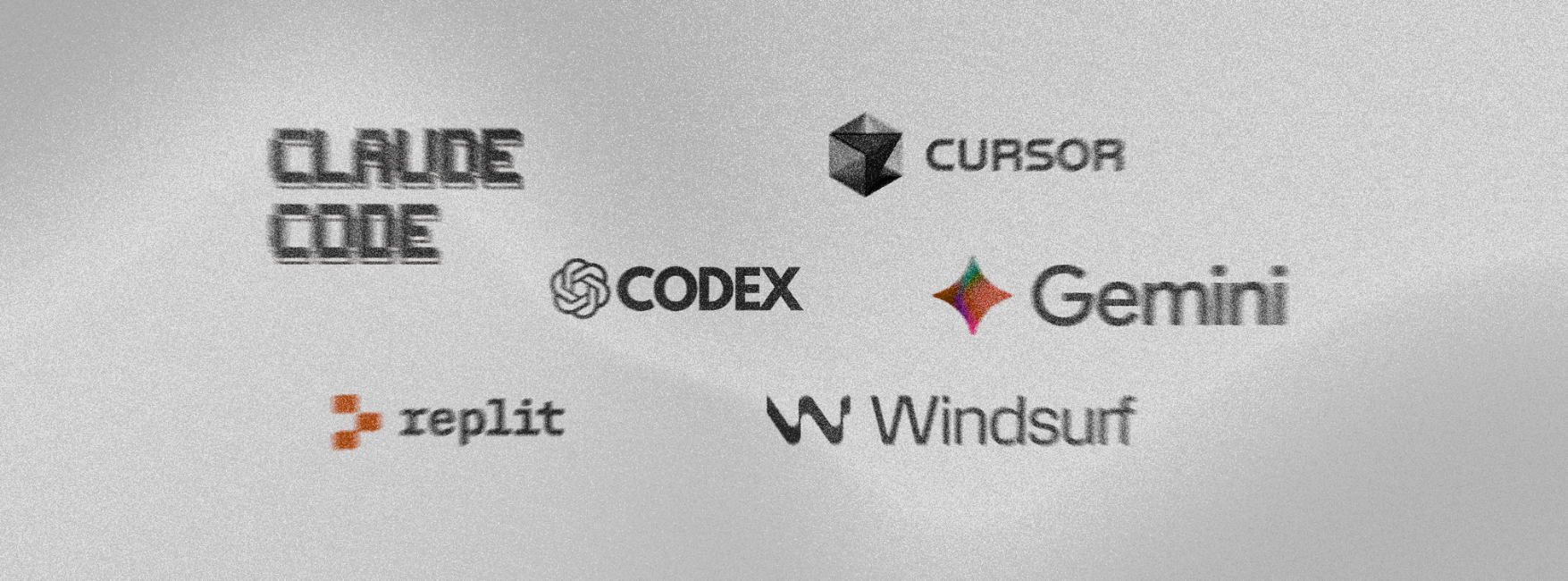You’d think by now the paychecks would reflect it.
Millions of professionals use ChatGPT daily. Companies are rolling out in-house models. Training programs are everywhere. On paper, this should be a productivity gold rush.
But a new study shows the opposite: salaries haven’t moved. Work hours? Unchanged. In Denmark, one of the most digitized labor markets in the world, AI adoption skyrocketed—and the economic indicators didn’t flinch.
The research, based on 25,000 workers and 7,000 workplaces, looked at 11 occupations directly impacted by AI chatbots. The conclusion? Large language models are reshaping workflows, but not outcomes. Not yet.
So what’s actually happening? Why are so many people using AI tools, while the payoff feels MIA?
Let’s break it down.
What the Research Found: Massive Adoption, Minimal Payoff
Denmark turned out to be the perfect test lab for AI at work.
The country has a highly digitized workforce, great data infrastructure, and a culture of early tech adoption. Researchers tracked 25,000 employees across 7,000 workplaces in 11 job types—from HR and legal to software devs, teachers, and customer support.
They found what we all suspected: AI is everywhere.
47% of workers were already using AI chatbots like ChatGPT on their own. When employers stepped in—through training or encouragement—adoption jumped to 83%. A full 38% of companies built their own in-house LLMs (often based on OpenAI’s models), and 30% offered formal training. Adoption was highest in journalism, marketing, and IT; lower in fields like teaching or law.
So the tools are here. But the productivity boost? Surprisingly small.
On average, workers saved just 2.8% of their total work hours using chatbots. And most didn’t use that time for breaks—they simply shifted to other tasks. Even so, 8.4% of workers reported that AI tools led to entirely new job tasks, and the effect was even stronger in companies that encouraged adoption. The benefits—like improved quality, faster drafts, and more creativity—were 10–40% stronger in workplaces that invested in AI training and support.
But here’s the kicker. None of this showed up in paychecks or work hours.
Using matched employer-employee data, the study found zero effect on wages, hours, or employment levels—across all 11 occupations. Not even in firms actively pushing adoption. The best estimate? Just 3–7% of productivity gains are passed through to earnings. The rest gets absorbed into the system, unnoticed.
All hype, no raise. At least for now.
Why Isn’t the Talent Seeing the Payoff?
Here’s the frustrating part: it’s not that AI isn’t helping. It is. Just not in ways that move markets—or payrolls.
The gains from LLMs aren’t evenly spread. Some roles (like customer support and marketing) are squeezing real value out of these tools. Others—think about teaching, accounting, or legal—are getting less bang for their prompts. The study called this the “jagged frontier” of AI: some tasks are a perfect fit, others... not so much.
Then there’s the structure of work itself.
Most AI adoption so far has been bottom-up—driven by individuals, not leadership. That means people are using AI to tweak their workflows, not transform them. Without changes to how teams collaborate, how output is measured, or how value gets rewarded, the system just absorbs the extra efficiency without redistributing it.
Add in a slow-moving labor market, weak wage pass-through, and organizational inertia, and you’ve got the perfect recipe for stalling out. AI might be fast. Institutions aren’t.
If this all sounds underwhelming, hold on—this might just be the warm-up.
The Long Game: What Might Still Change
The study didn’t just track who’s using AI. It also looked at how work is evolving. And quietly, the changes are happening. Around 17% of users reported entirely new tasks created by LLMs. Even non-users were picking up spillover work related to AI. From writing policies and QA processes to adapting classroom materials and marketing workflows, the footprint is expanding.
It’s the kind of shift economists call the Productivity J-Curve—where investments in general-purpose tech take time to pay off. You reorganize. You experiment. You break a few things. And only later, sometimes years later, do the gains show up in GDP—or paychecks.
We’ve been here before. In the ‘80s, computers were everywhere, but productivity stats didn’t budge. Robert Solow nailed it: “You can see the computer age everywhere but in the productivity statistics.” It wasn’t until the late ‘90s that those investments really paid off.
If AI is on the same trajectory, the returns will depend less on how many people use it—and more on how deeply organizations are willing to change
Our Take: Use the Tools, But Don’t Wait for Permission
At Solveo, we’ve seen firsthand how much AI can reshape work.
Since ChatGPT landed two and a half years ago, our workflows haven’t just changed—they’ve evolved. From early-stage research and ideation to writing, prototyping, and even operations, AI is deeply embedded in how we move fast and deliver smarter.
That’s why we’re all-in on adoption.
We don’t think the answer is to wait around for wage structures or policy to catch up. The teams and companies that get ahead will be the ones that use the tools aggressively, learn where they break, and rebuild their internal processes accordingly.
To be clear: we don’t believe that using AI tools justifies paying people less—or that AI adoption should automatically trigger a raise. It’s not about squeezing more out of people. It’s about unlocking more with them.
We’ve never seen AI as a replacement for talent. We see it as leverage. And when the results improve, everyone should benefit—including the people behind those results.
Yes, we’re fully aware of the tradeoffs—biases, quality control, overreliance, and ethical blind spots. But we also know the upside of not adopting is… nothing.
The data in this study shows one thing clearly: AI alone won’t change your outcomes. But teams who learn how to work with it, structure around it, and build new value from it? That’s where the next wave of payoff is hiding.







.svg)